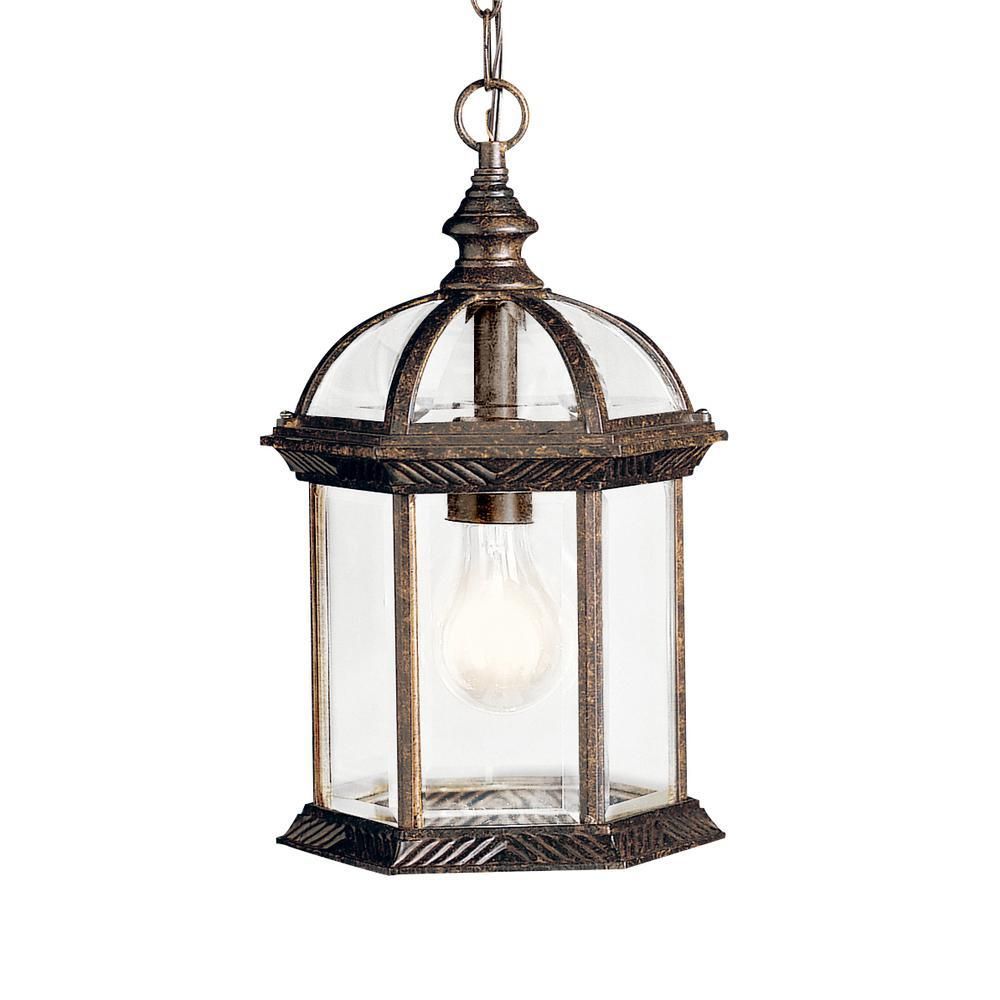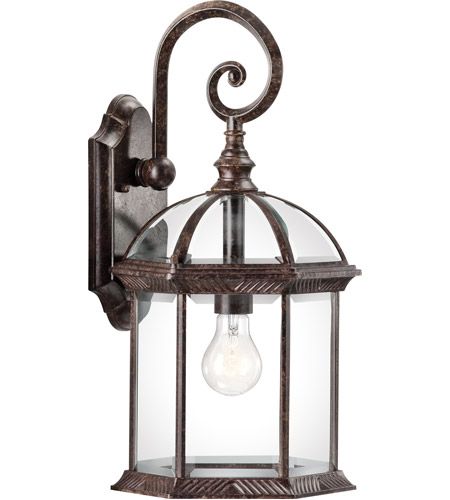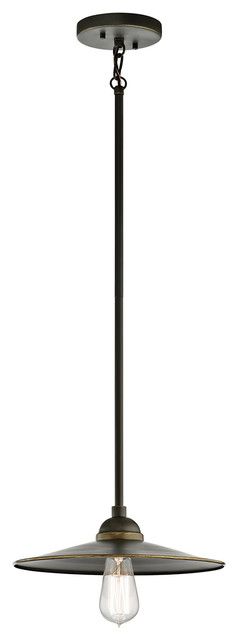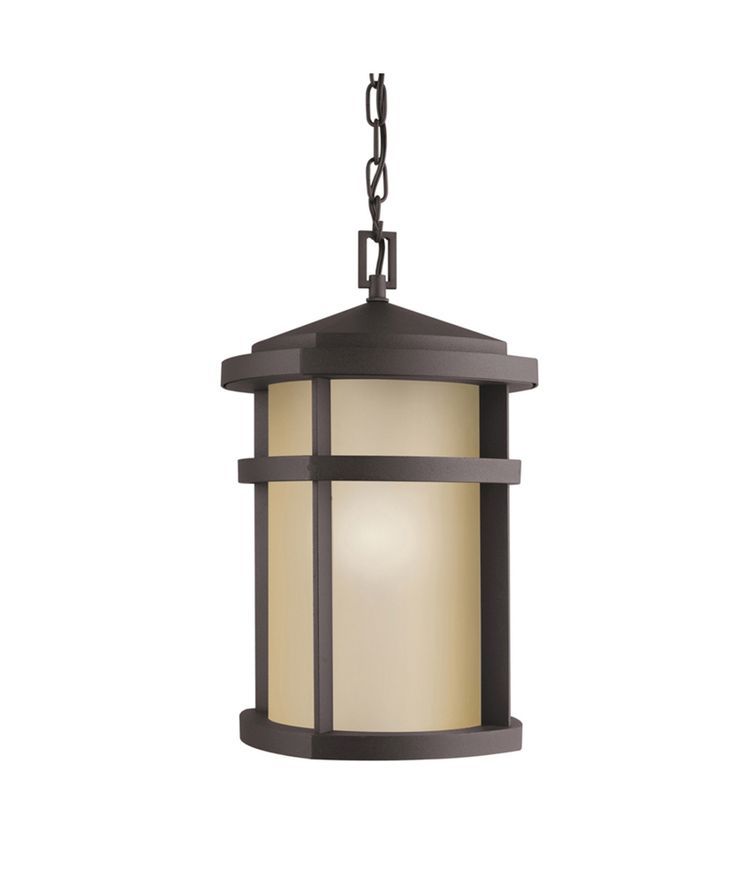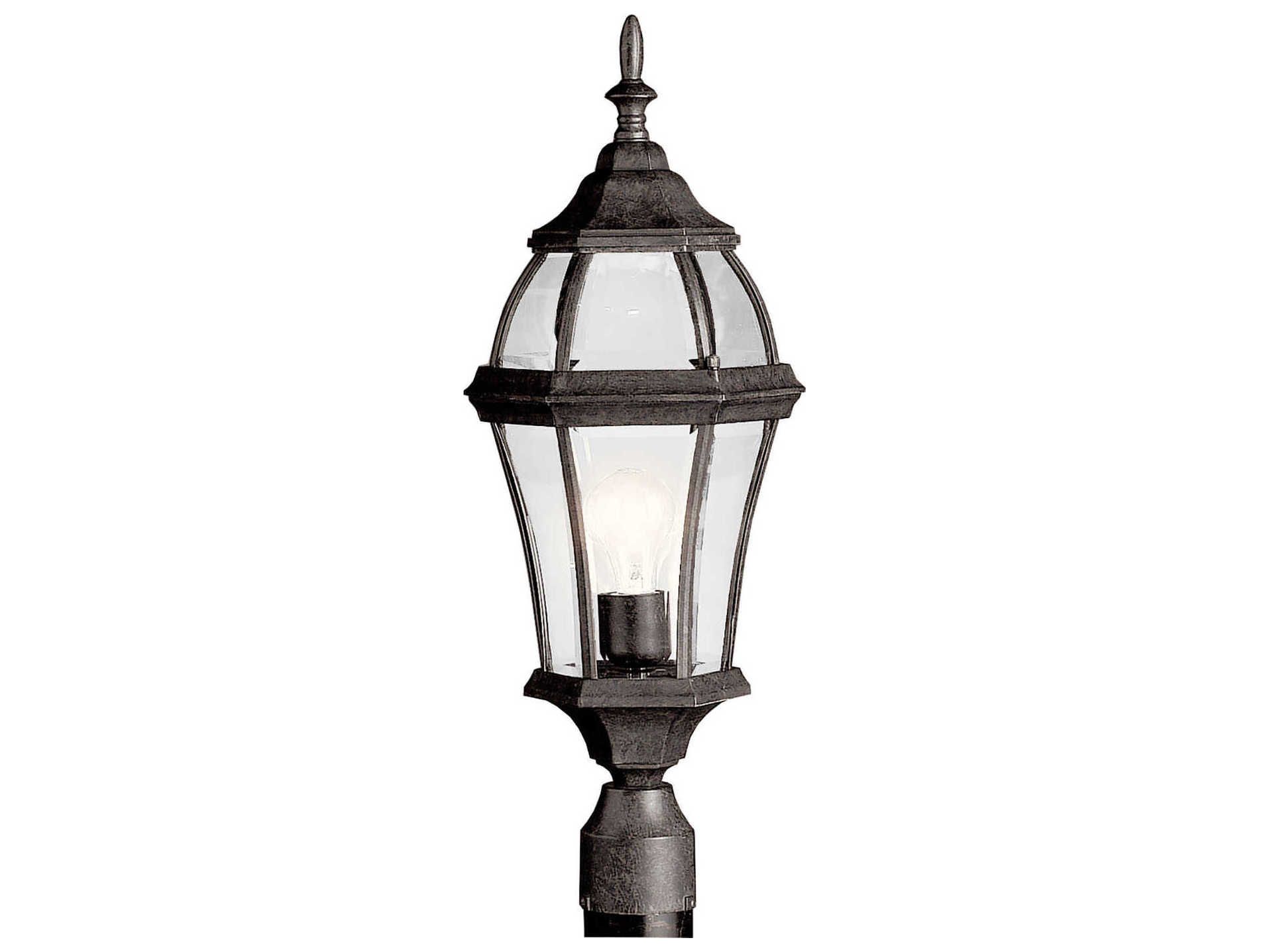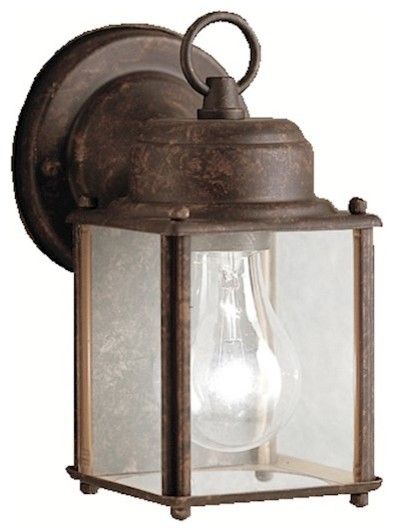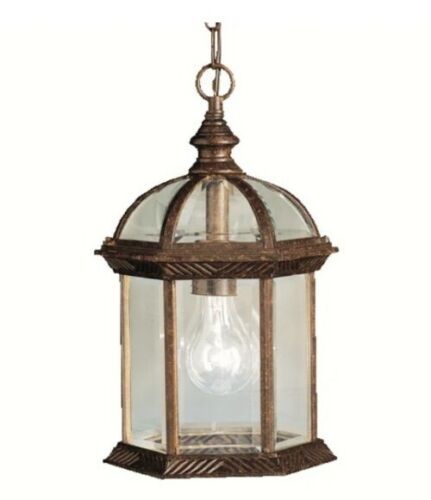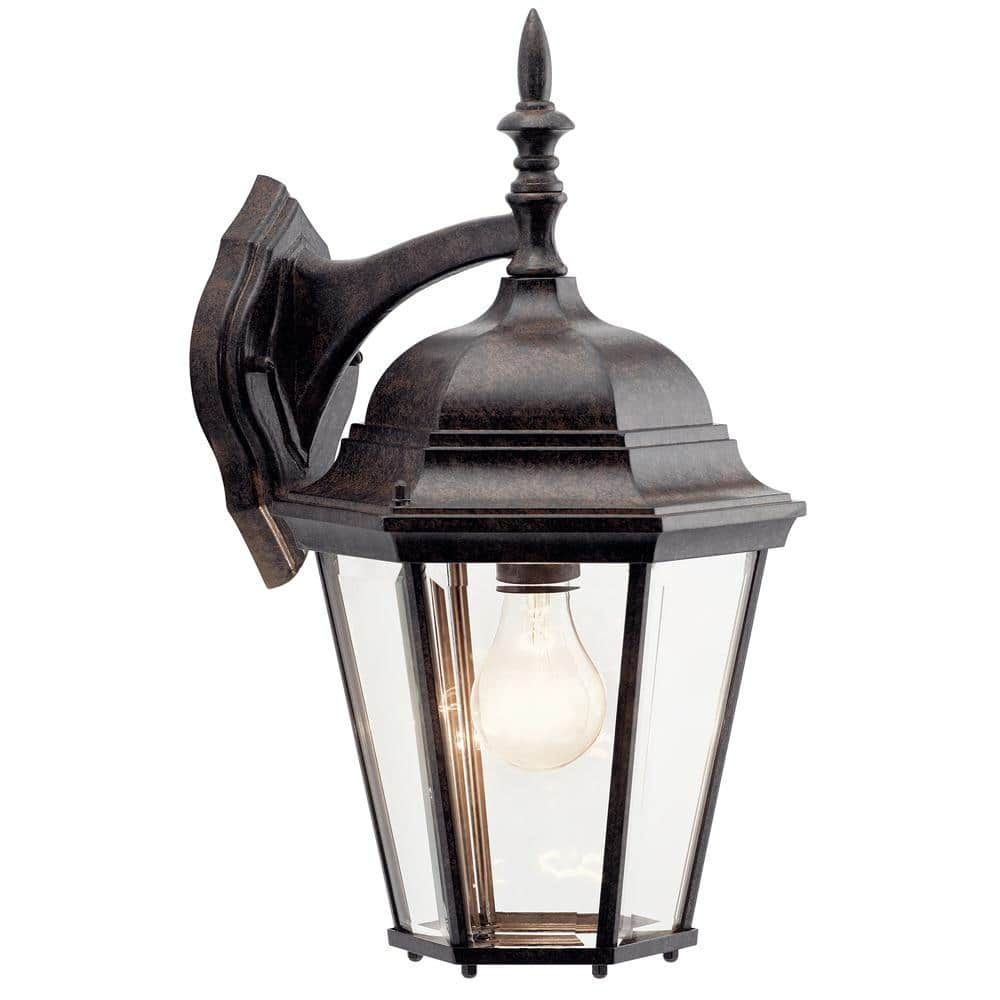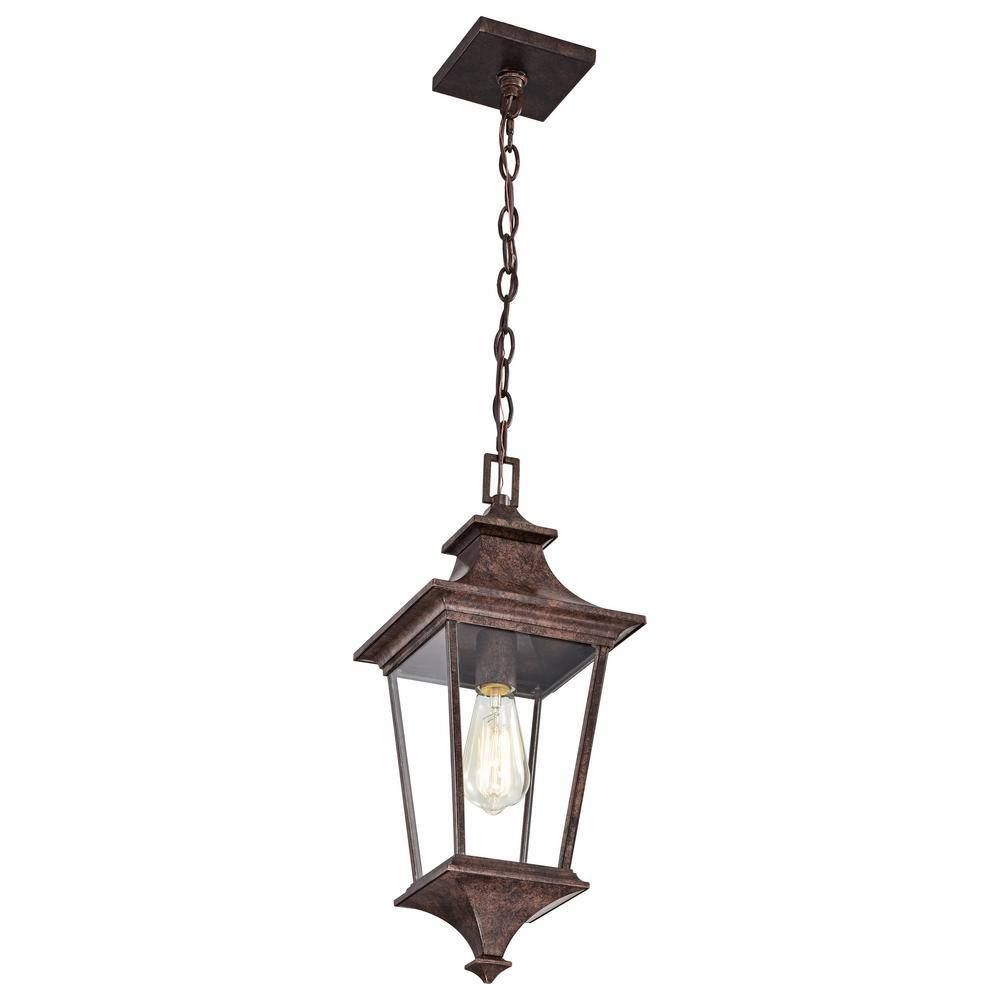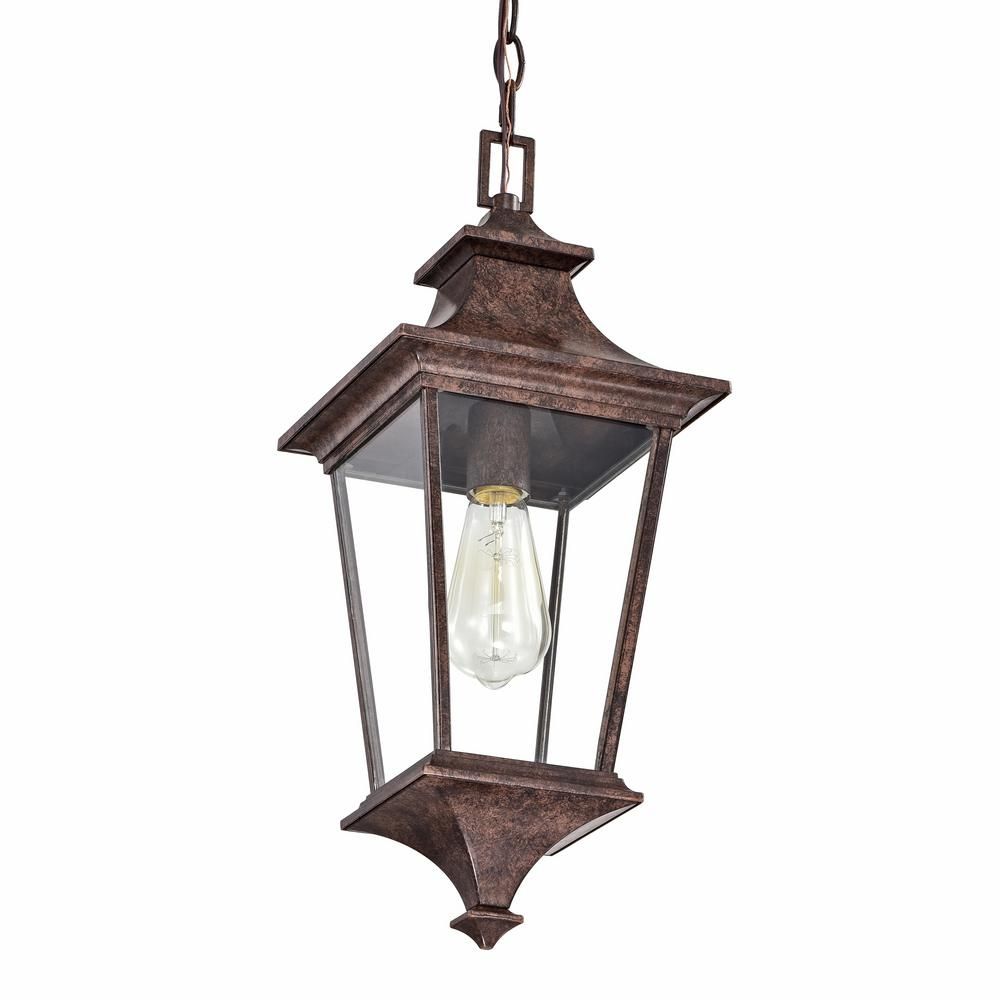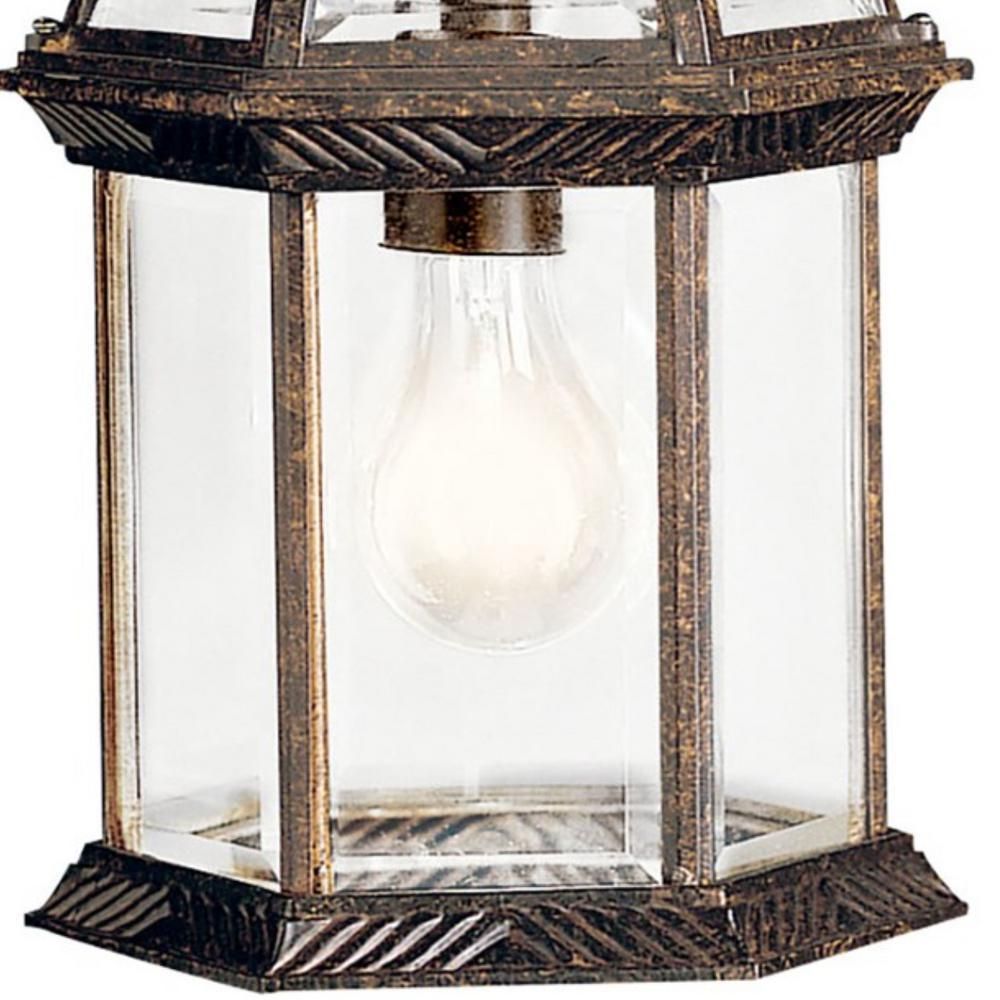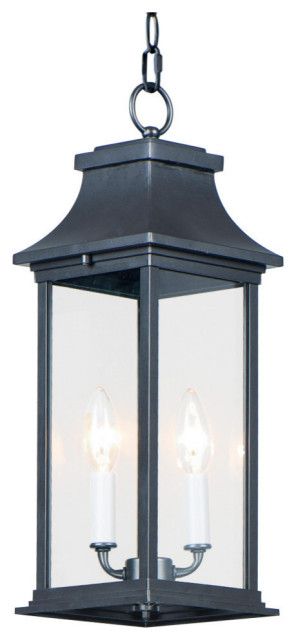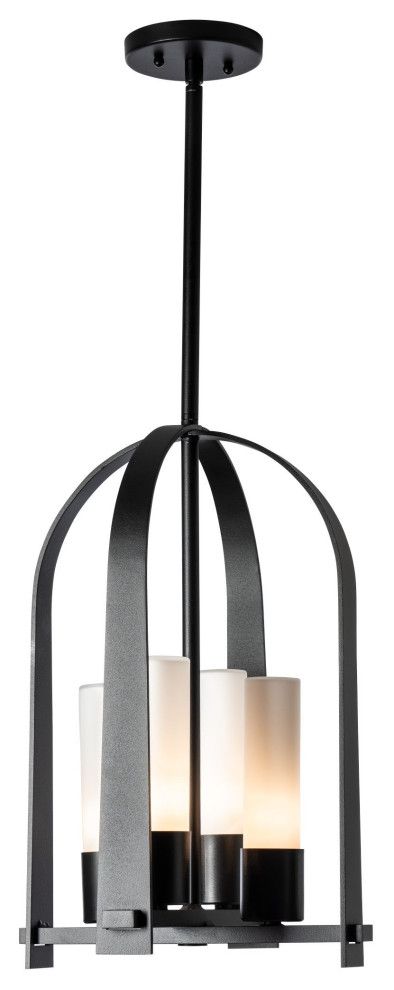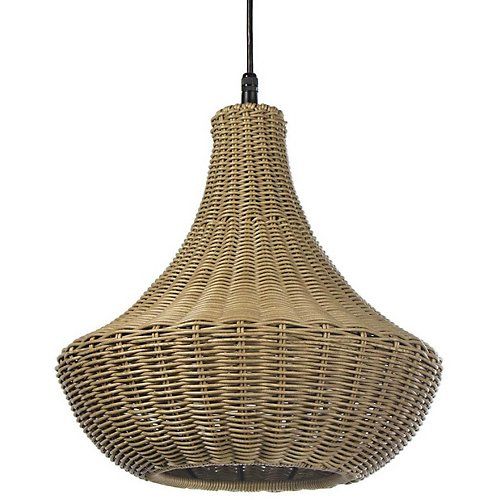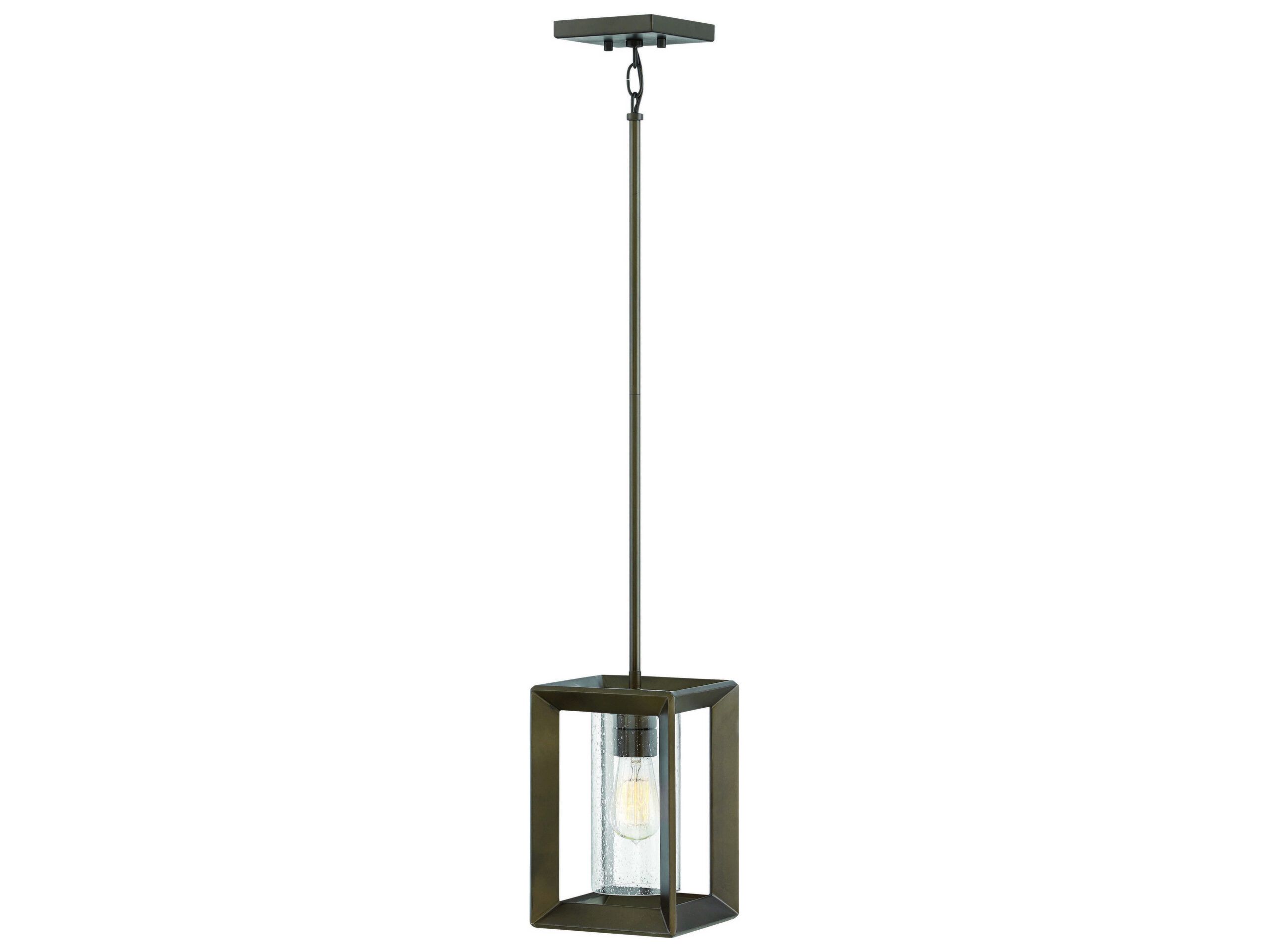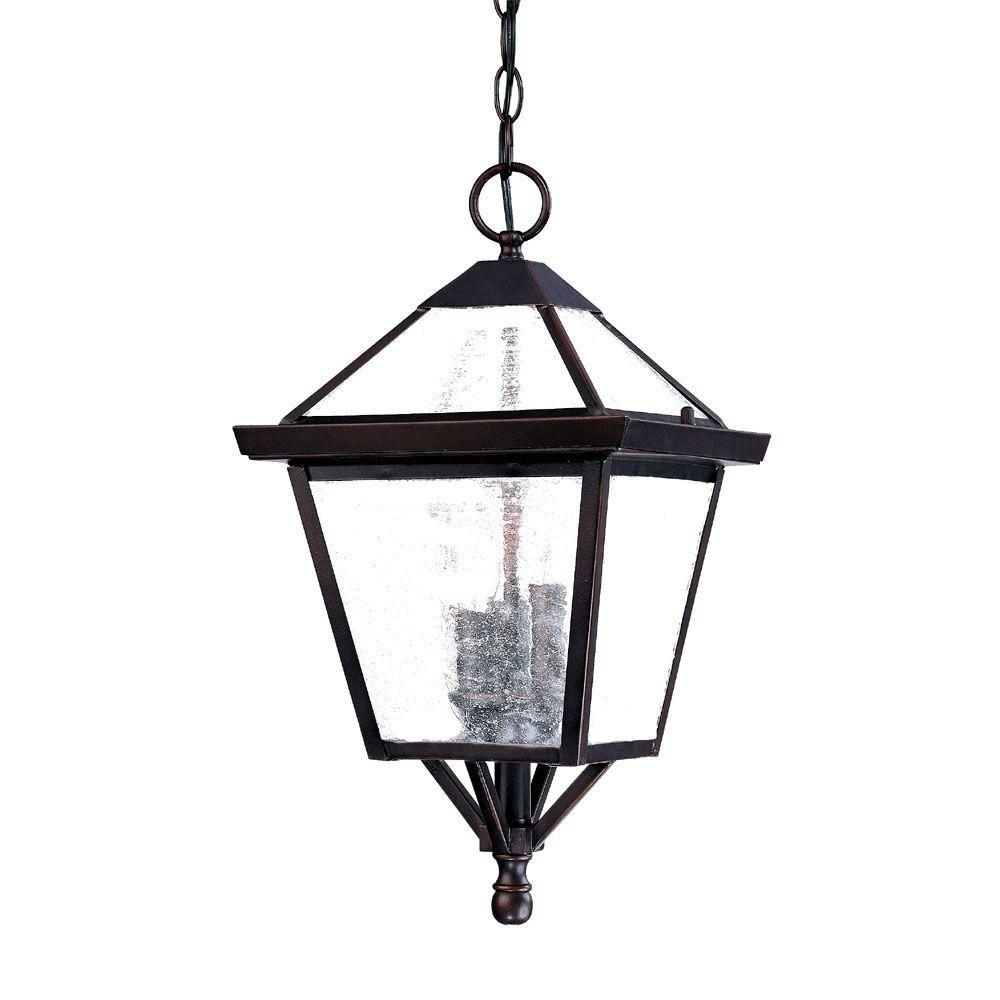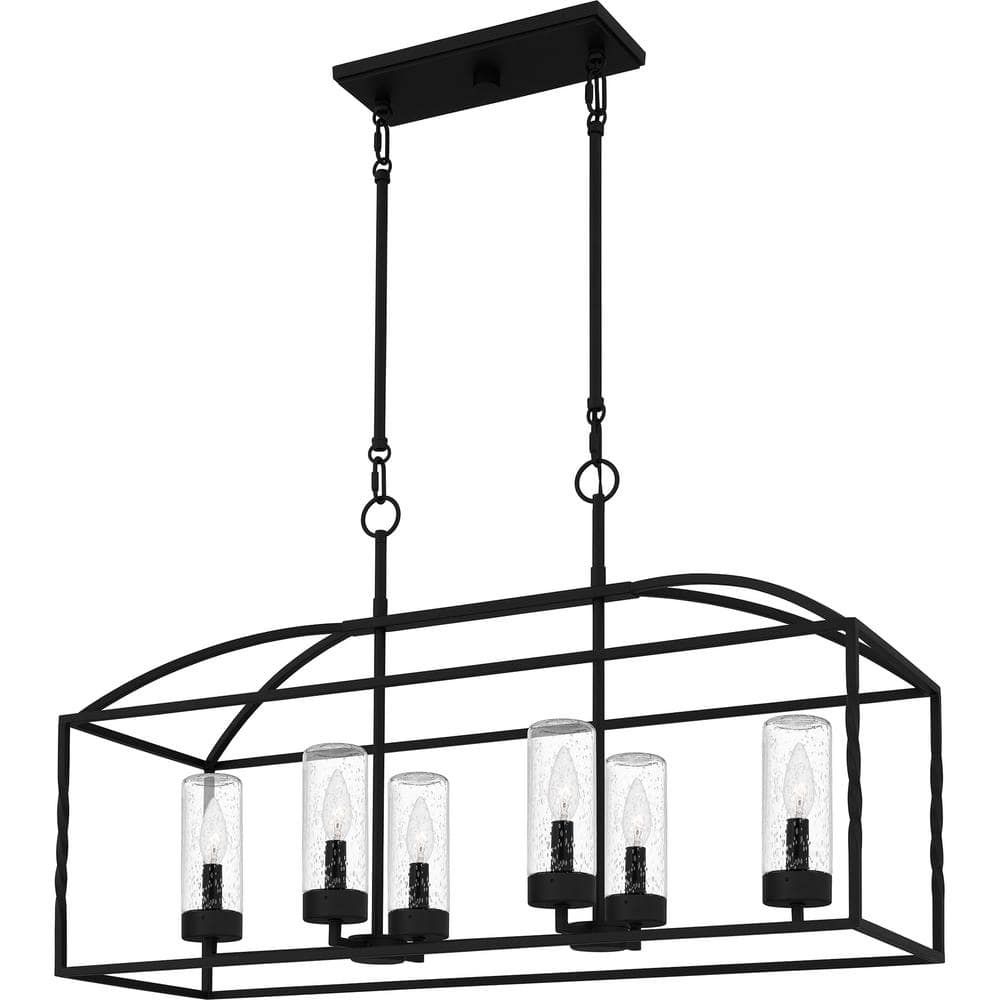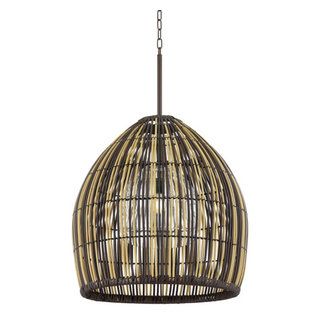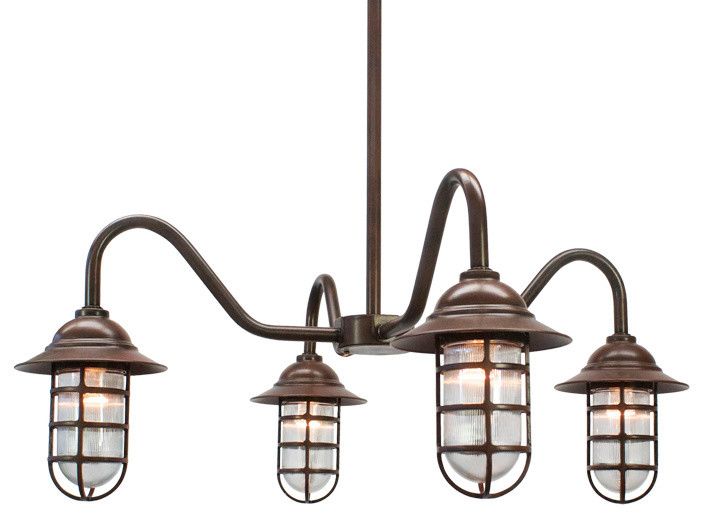Hey everyone, it’s your friendly neighborhood lighting guru here. I’m so excited to dive deep into something I’m truly passionate about: crafting amazing outdoor spaces, particularly through the skillful use of lighting. I mean, think about it: the right lights can absolutely transform your backyard, patio, or garden from a boring, unused area into a magical escape. It’s about setting the mood, highlighting beautiful features, and extending your living space into the evening hours. Let’s get started. It’s going to be fun, I promise.
Think of your outdoor area as an extension of your home. It’s a place to relax, to entertain, and to connect with nature. But how often do you truly use it after the sun goes down? Without proper lighting, your outdoor space can quickly become dark and uninviting, effectively limiting its use. Well, lighting is the key to unlocking its full potential. It’s not just about seeing; it’s about experiencing the space in a whole new way. It’s about crafting the perfect vibe, whether you’re hosting a cozy dinner party or just enjoying a quiet evening under the stars. This is where the magic happens.
This article will cover everything you need to know, from understanding different types of lighting to planning your perfect layout, and even some cool ideas to inspire you. Let’s get started, shall we?
Understanding the Different Types of Outdoor Lighting
First things first, let’s get familiar with the different types of lights you can use. Each type serves a unique purpose, so understanding their strengths is crucial for a well-designed plan.
- Ambient Lighting: This is your general, overall illumination. Think of it as the foundation of your lighting scheme. It’s all about creating a soft, even glow that allows you to move around safely and comfortably. Examples include overhead lights, wall-mounted fixtures, and path lights.
- Task Lighting: Task lighting is all about functionality. It’s designed to illuminate specific areas where you’ll be doing things like cooking, grilling, or reading. Think spotlights over a grill, or lights near a dining table.
- Accent Lighting: This is where the fun begins. Accent lighting is used to highlight specific features, such as trees, sculptures, or architectural details. It adds drama, depth, and visual interest to your space. Think uplights shining up a beautiful tree.
- Security Lighting: Safety first! Security lighting is designed to deter intruders and illuminate potential hazards. Think motion-sensor lights near doors and pathways.
Knowing these types will help you to create a balanced and functional lighting plan.
Planning Your Layout: A Step-by-Step Guide
Before you start buying lights, take some time to plan your layout. This is one of the most important steps, and it will save you a lot of headaches (and money!) down the road.
- Assess Your Space: Walk around your outdoor area, and think about how you use it. Where do you spend the most time? What features do you want to highlight? What areas need the most illumination for safety?
- Sketch It Out: Draw a simple map of your space. Mark the locations of existing features (trees, structures, etc.) and the areas you want to illuminate.
- Consider Your Goals: What mood are you trying to create? Do you want a bright, lively space for entertaining, or a calm, relaxing retreat? Your goals will influence the type, placement, and intensity of your lighting.
- Choose Your Fixtures: Based on your plan and goals, start selecting your fixtures. Consider the style, size, and finish of each fixture, and make sure they complement your existing outdoor decor.
- Plan the Wiring: Safety is critical. Decide whether you’ll be using low-voltage (safer and easier to install) or line-voltage (requires professional installation). Plan the routes for your wiring, and make sure they’re hidden and protected from the elements.
Take your time. This is the groundwork for everything.
Choosing the Right Fixtures: Materials, Styles, and More
The market is overflowing with lighting options, so how do you choose the right ones? Here’s a breakdown of key considerations:
- Materials: Outdoor fixtures are exposed to the elements, so choose durable materials. Common options include:
- Aluminum: Lightweight, rust-resistant, and available in a wide range of styles.
- Stainless steel: Very durable and rust-resistant, but can be more expensive.
- Copper: Develops a beautiful patina over time, but requires some maintenance.
- Plastic: Affordable and weather-resistant, but may not be as long-lasting as metal options.
- Styles: Consider your existing outdoor decor when choosing styles. Do you have a modern, minimalist space, or a more traditional, rustic one? Choose fixtures that complement the overall aesthetic.
- Light Sources:
- LEDs: Energy-efficient, long-lasting, and available in a wide range of colors and brightness levels. This is what I use primarily.
- Incandescent: Warmer light, but less energy-efficient.
- Halogen: Bright and efficient, but can get hot.
- Brightness and Color Temperature: Consider the brightness (measured in lumens) and color temperature (measured in Kelvin) of your light sources. Warmer colors (lower Kelvin) create a more inviting atmosphere, while cooler colors (higher Kelvin) are better for task lighting.
Don’t be afraid to mix and match, and experiment with different options to find what works best for you.
Smart Lighting: Bringing Your Outdoors Into the 21st Century
Okay, here’s where things get really cool. Smart lighting offers a whole new level of convenience and control for your outdoor space.
- Remote Control: Control your lights from your smartphone or tablet.
- Scheduling: Set timers and schedules to automatically turn your lights on and off.
- Color Changing: Many smart lights offer a wide range of colors, allowing you to create different moods and atmospheres.
- Integration: Integrate your lights with other smart home devices, such as voice assistants and security systems.
Smart lighting is a great way to enhance your outdoor lighting plan, and it can even help you save energy and money. There are so many options, so do some research to find the right system for your needs and budget.
Creative Lighting Ideas to Inspire You
Ready to get those creative juices flowing? Here are some lighting ideas to spark your imagination:
- Path Lighting: Use low-voltage path lights to illuminate walkways and create a welcoming entrance.
- Uplighting: Shine spotlights up trees, sculptures, or architectural features to add drama and visual interest.
- String Lights: Hang string lights across your patio, deck, or pergola to create a festive and inviting atmosphere.
- Lanterns: Use lanterns of various sizes and styles to add a touch of warmth and charm to your space.
- Floating Lights: Place floating lights in your pool or pond to create a magical ambiance.
Don’t be afraid to experiment with different lighting techniques to create a truly unique and personalized outdoor space. The only limit is your imagination.
Maintenance and Safety: Keeping Your Lights Shining Bright
Once you’ve installed your outdoor lighting, it’s important to maintain it properly to ensure its longevity and safety.
- Regular Cleaning: Clean your fixtures regularly to remove dirt, dust, and debris.
- Bulb Replacement: Replace burned-out bulbs promptly.
- Wiring Inspection: Inspect your wiring for damage or wear and tear.
- Professional Help: If you’re not comfortable with electrical work, hire a qualified electrician for any repairs or installations.
- Safety First: Always turn off the power before working on any electrical components.
Taking care of your lights will ensure that they continue to shine brightly for years to come, and that you can enjoy your outdoor space safely and beautifully.
So there you have it, my friends: a comprehensive guide to mastering outdoor lighting. Remember, the right lighting can completely transform your outdoor spaces, turning them into havens of beauty, functionality, and relaxation. By understanding the different types of lighting, planning your layout carefully, choosing the right fixtures, and embracing creative ideas, you can create an outdoor space that you’ll love to use and enjoy, day and night.
Go out there, experiment, and have fun with it. And, most importantly, don’t be afraid to let your creativity shine. Happy lighting, everyone. And remember, if you have any questions, just ask. I’m always here to help. See you in the next one. And please, don’t forget to share your lighting transformations with me. I love seeing what you create. Until next time.
